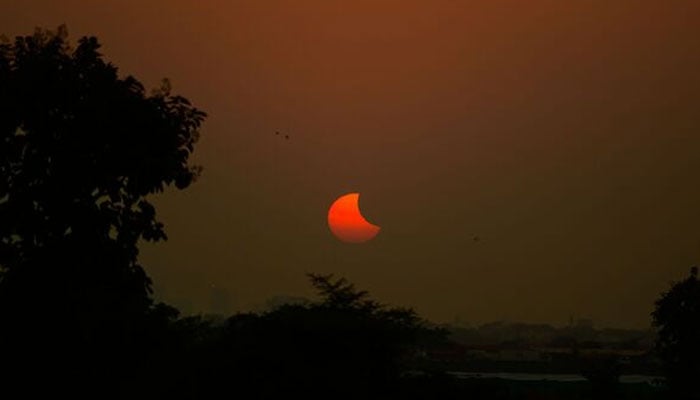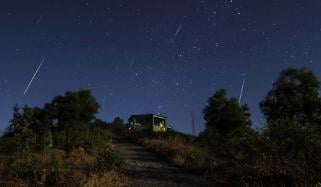
Sky watchers are gearing to witness a rare sunrise partial solar eclipse in the upcoming days.
As reported by Forbes, an eclipse is set to occur on Saturday, March 29, 2025 as a new moon partially blocks part of the sun.
Throughout the eclipse, the moon will not completely block the sun, hence, eclipse glasses and solar filters are recommended to be used at all times.
The first solar eclipse of 2025 will be seen early in the morning in the US between 6:13 and 7:17 a.m and in Canada between 6:56 a.m NDT and 8:20 a.m EDT.
Along with that, Western Europe will also witness the eclipse during mid-morning.
Related: Total Lunar Eclipse 2025: Date, time and how to watch?
Out of all, only 13 US states in the northeast would be able to see the eclipse including, Rhode Island, New Jersey, Connecticut, New York, Vermont, New Hampshire, Maine, Delaware, Maryland, Massachusetts, Pennsylvania, Virginia and Washington D.C.
To witness the eclipse the best seats would be the coastal areas of New England and Maine in the US.
As the cosmic event will take place at sunrise, coastal areas and locations with some altitude should be favoured to see the eclipse.
Some of the big US cities that would be witnessing the eclipse include New York City (up to 22% with sunrise at 6:44 a.m EDT), Boston (up to 43% with sunrise at 6:31 a.m. EDT), Philadelphia (up t 12% with sunrise at 6:49 a.m. EDT) and Portland (up to 64% with sunrise at 6:27 a.m. EDT).
However, in the southeast region of the country, the eclipse will be barely noticeable.
The maximum eclipse would be seen from Maine with an 83% eclipsed sunrise at Quoddy Head State Park in Lubec.
Related: Blood Moon set to appear in North America for an hour: Here's why
Notably, the solar eclipse comes two weeks after March's blood moon, a total lunar eclipse that was visible from North America.















